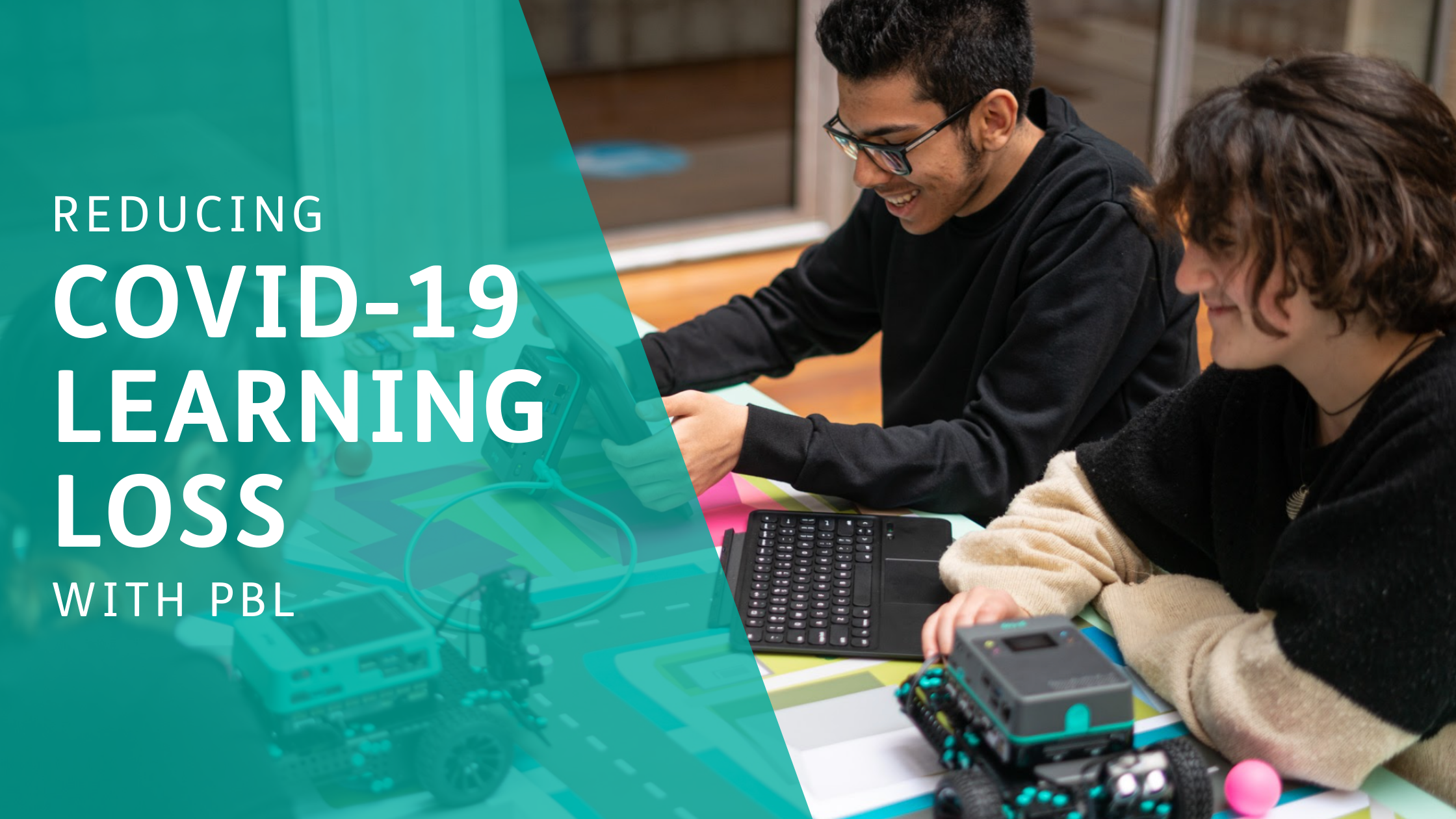Reducing Learning Loss with PBL and pi-top
Last week was American Education Week and this year's celebrations felt extra important.
Not only did it observe its 100th year, but its mission to spread awareness of the importance of education and equal opportunities for children has scarcely felt more prevalent than in 2021.
So, in the spirit of American Education Week, this article explores post-pandemic learning loss and how educators can use project-based learning tools to help students overcome it.
Learning Loss:
A term you’ve undoubtedly heard of, learning loss (or as some have preferred to coin it, ‘interrupted learning’) is the result of disrupted face-to-face schooling during the pandemic.
Some critics have contended the concept of learning loss in its entirety, viewing the time children spent at home as a learning experience of a new kind.
From embracing the outdoors again to spending quality time with family, for many children, the interruption from conventional schooling will have granted them a rich education in other aspects of their lives.
One critic goes so far as to argue that children have “learned more than previous cohorts of students, because of what they have lived through and lived without.”
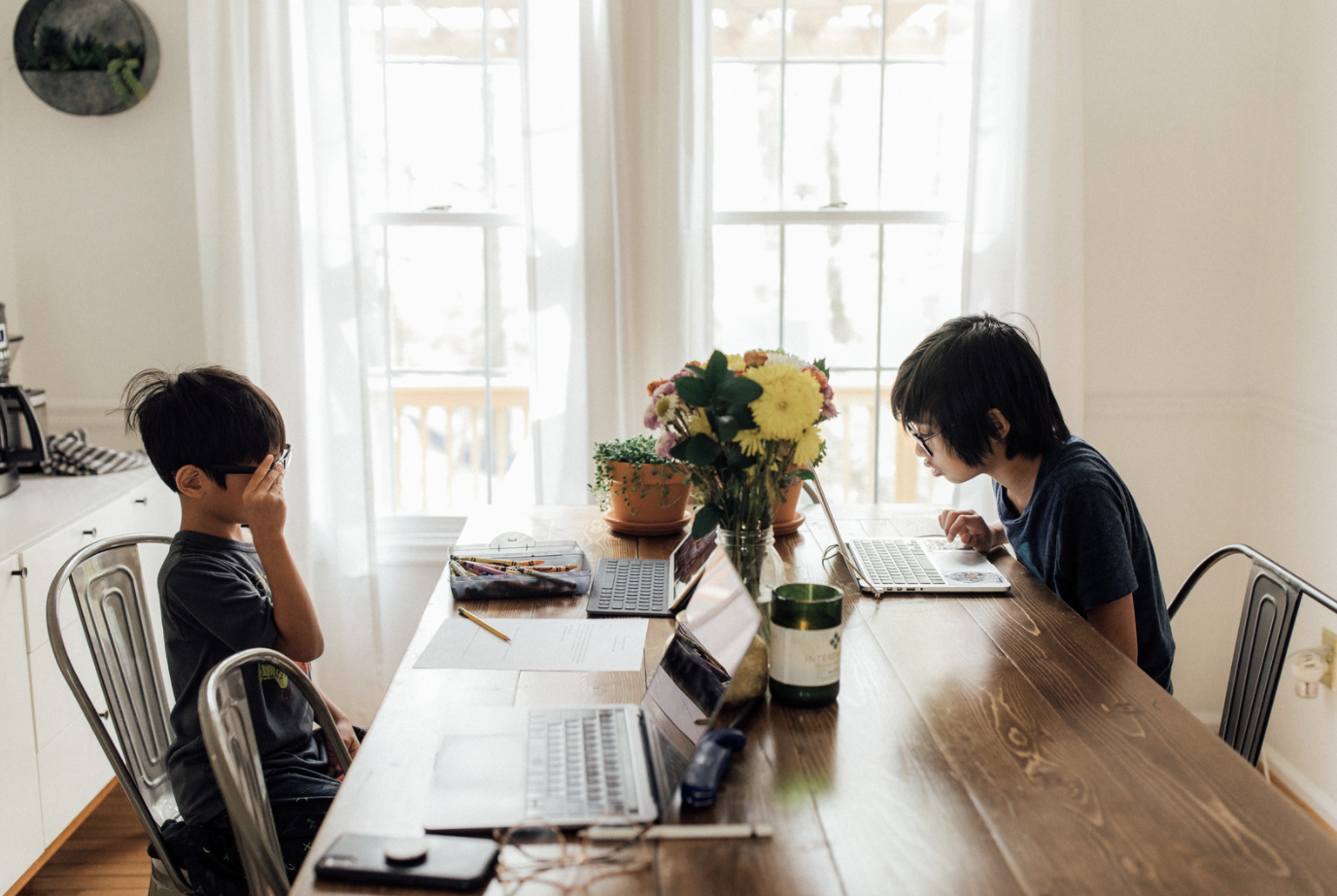
However, what interrupted learning looks like to one child will differ greatly from the next, shaped by their backgrounds, experiences and circumstances during Covid.
Though non-academic opportunities for learning at home are indeed valuable, children’s capabilities in math, science and literacy remain fundamental to their future prospects. And the data is clear: K-12 students last academic year were “on average five months behind in mathematics and four months behind in reading by the end of the school year” based on a July 2021 article.
The study further details the impact of what it calls “unfinished learning”, detailing that “today’s students may earn $49,000 to $61,000 less over their lifetime, owing to the impact of the pandemic on their schooling. The impact on the US economy could amount to $128 billion to $188 billion every year as this cohort enters the workforce.”
One may argue that lower grades are to be expected from such a long and troubling time away from the classroom. But the effects of Covid-19 learning loss spread farther than numbers on report cards. For instance, school dropout rates have increased since lockdown first began, with an article from CNN noting that “anecdotal evidence from across the country shows steep declines in attendance, a rising number of failing grades, and shrinking enrollment”.
And, even where students remain enrolled in school, educators have reported a steep decline in students engagement- a key facet to academic success.
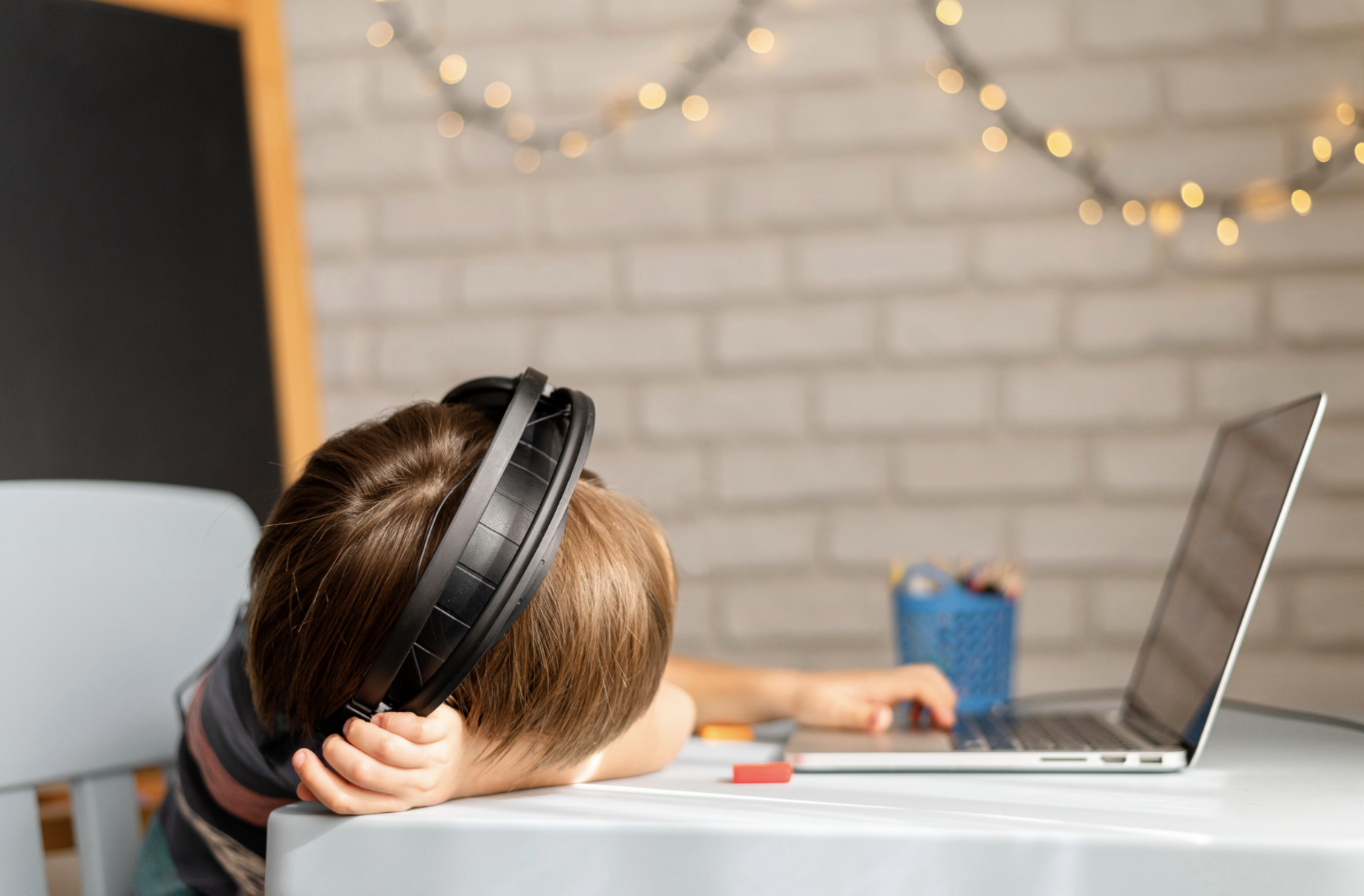
Perhaps the most concerning outcome is the worsening mental health parents and teachers have observed in their children.
In a recent survey of “16,370 parents across every state in America, 35% of parents said they were very or extremely concerned about their child’s mental health” and a staggering “80% of parents had some level of concern about their child’s mental health or social and emotional health and development since the pandemic began.”
We cannot dismiss the scale of the emotional trauma children faced throughout Covid and the toll this will have taken on their wellbeing. Many will have lost loved ones, many will have been thrown into turbulent financial situations and most will have suffered the effects of social isolation.
We know the detrimental effects poor mental health can have on a person’s ability to focus, retain information and produce high quality work. Unless we address these crucial issues the pandemic has produced, the effects of learning loss will continue to impact the lives of our students, long after the pandemic has ended.
That all seems rather drab. But, there is hope yet! Read on to find out how project-based learning can be utilized to help alleviate post-pandemic learning loss.
Project-Based Learning:
Project-based learning (PBL) fosters within children the skills of both independence and collaboration by asking them to think both creatively and logically to investigate and respond to real world challenges.
The benefits of such an approach have been widely researched, with project-based learning “significantly [outperforming] traditional curricula, raising academic performance across grade levels, socioeconomic subgroups, and reading ability.”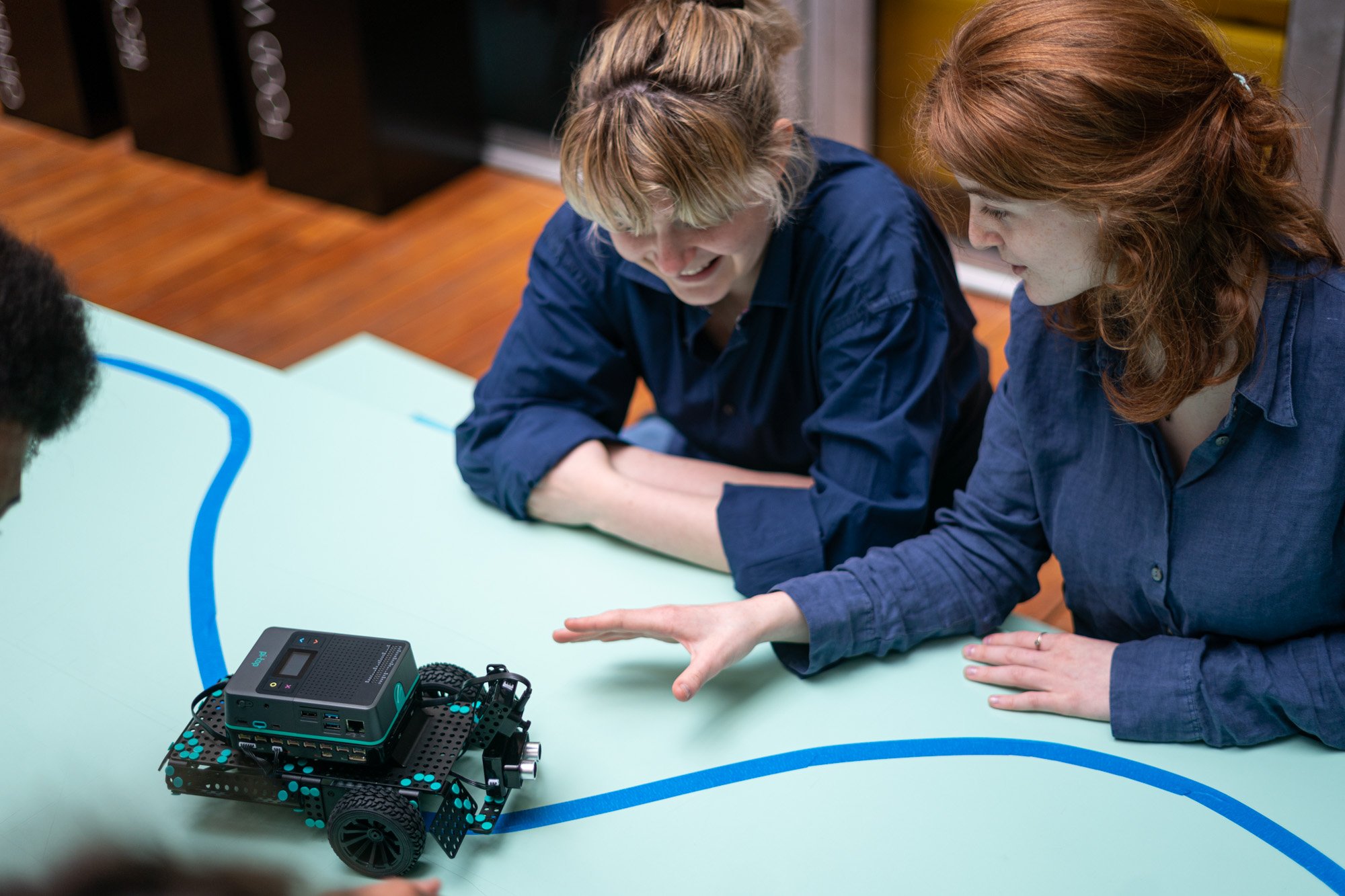
But how can PBL help with learning loss?
- Increasing engagement
With student engagement plummeting, reenergizing kids’ enthusiasm for learning is crucial to recovering from learning loss. A key facet of PBL is the facilitating role teachers take, as research has shown “students are more academically engaged when they are empowered to direct their own learning experience”.
Student-led learning could feel counterintuitive to reversing covid learning loss. However, within a PBL framework, this empowering approach to education actually gives students a chance to re-engage with their learning by being the directors of their own success. They are able to capitalize on the independence they will have developed learning individually at home and channel it into this new working style.
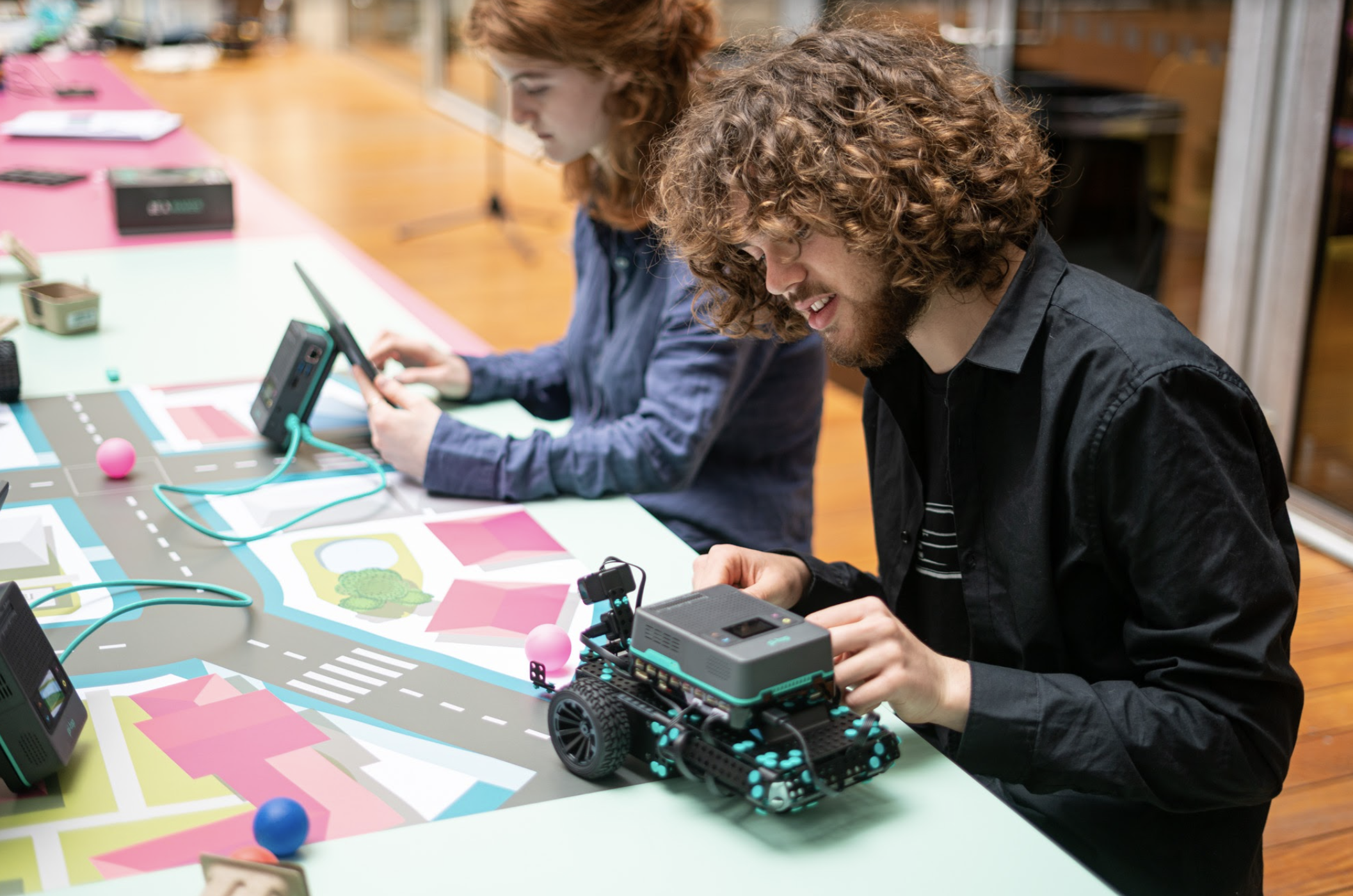
Engagement falls when students feel unsuccessful. Why continue to work hard when the grades just don’t reflect that? It’s an understandable struggle. But with PBL, children respond to real world problems, enabling them to see their achievements in the physical results of their projects (aka, their hard work!). In other words, “concepts are better understood when students see a need for their use because that need encourages them to apply what they’re learning to relevant situations, leading to a better sense of understanding.”
- Art therapy
PBL methods are not limited in their subject matter or form. And every child’s strength will differ from their peers’. Giving students the opportunity to respond to a PBL brief in a way that feels right to them can reignite the spark that lockdown may have dimmed in some children.
For example, getting straight back to mathematically challenging content could feel like a huge and impossible jump for some kids, leading to their disengagement. However, when integrated with creative ways of responding to a brief (perhaps they create an interactive poster, a verbal presentation, a piece of artwork, etc) students can reengage with the content in a way that feels meaningful to them.
This lends itself to the collaborative nature of PBL, as each student’s strength is allowed to thrive within a team, ultimately boosting engagement and interest.
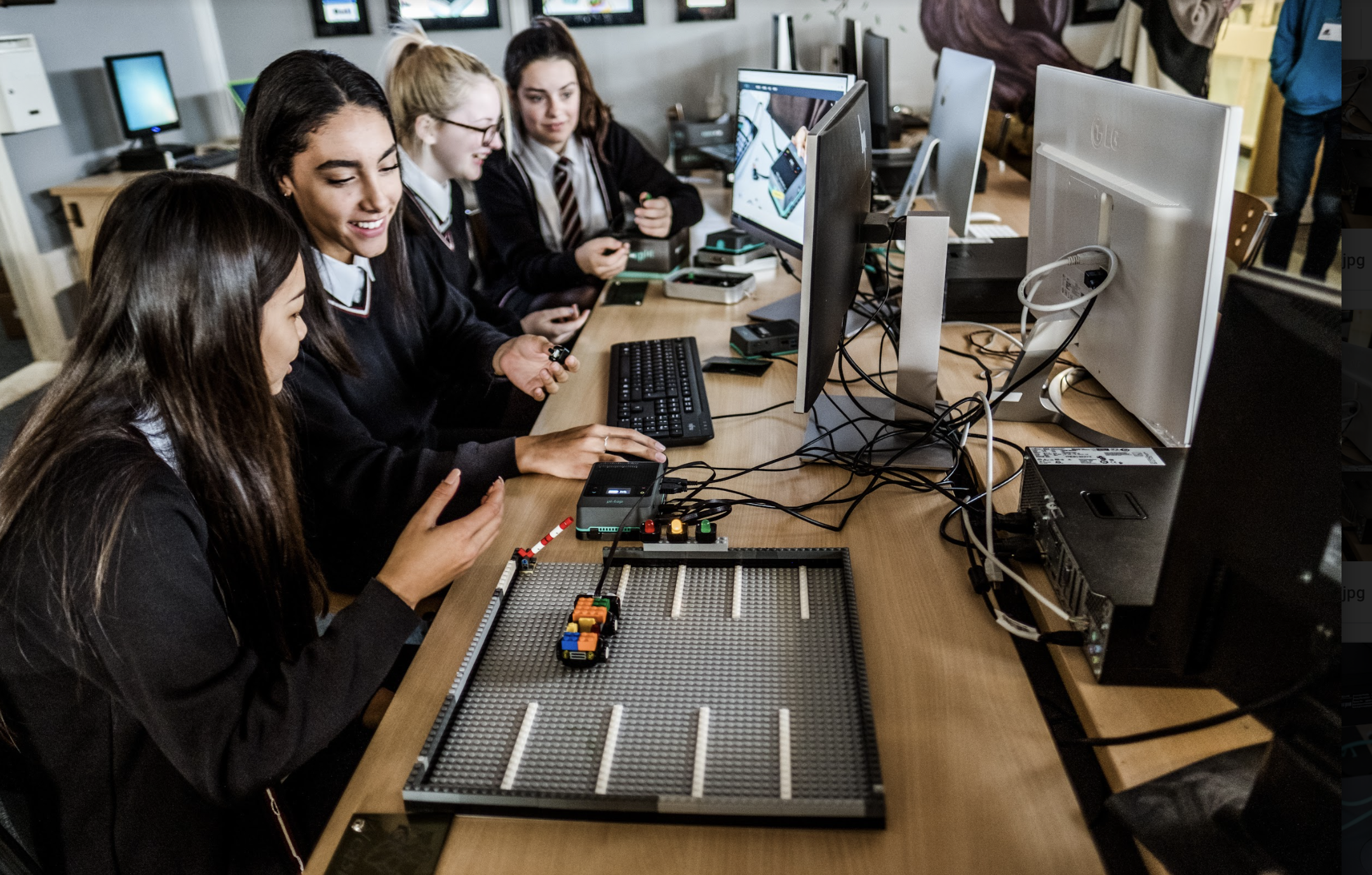
- Supporting wellbeing with SEL
In a previous post, which you can read here, we explored how project-based learning goes hand-in-hand with social-emotional learning (SEL); an invaluable tool in supporting students emotionally post-pandemic. The structure of a PBL curriculum (it’s team based format, project focussed timeline and inevitable highs and lows) grants educators the perfect opportunity to explore SEL techniques.
For example, teachers can pause at moments throughout the projects for emotional reflection, asking questions such as; “what have you found challenging in this project so far? How does that make you feel?”, and guiding them through the process of understanding their emotional reactions.
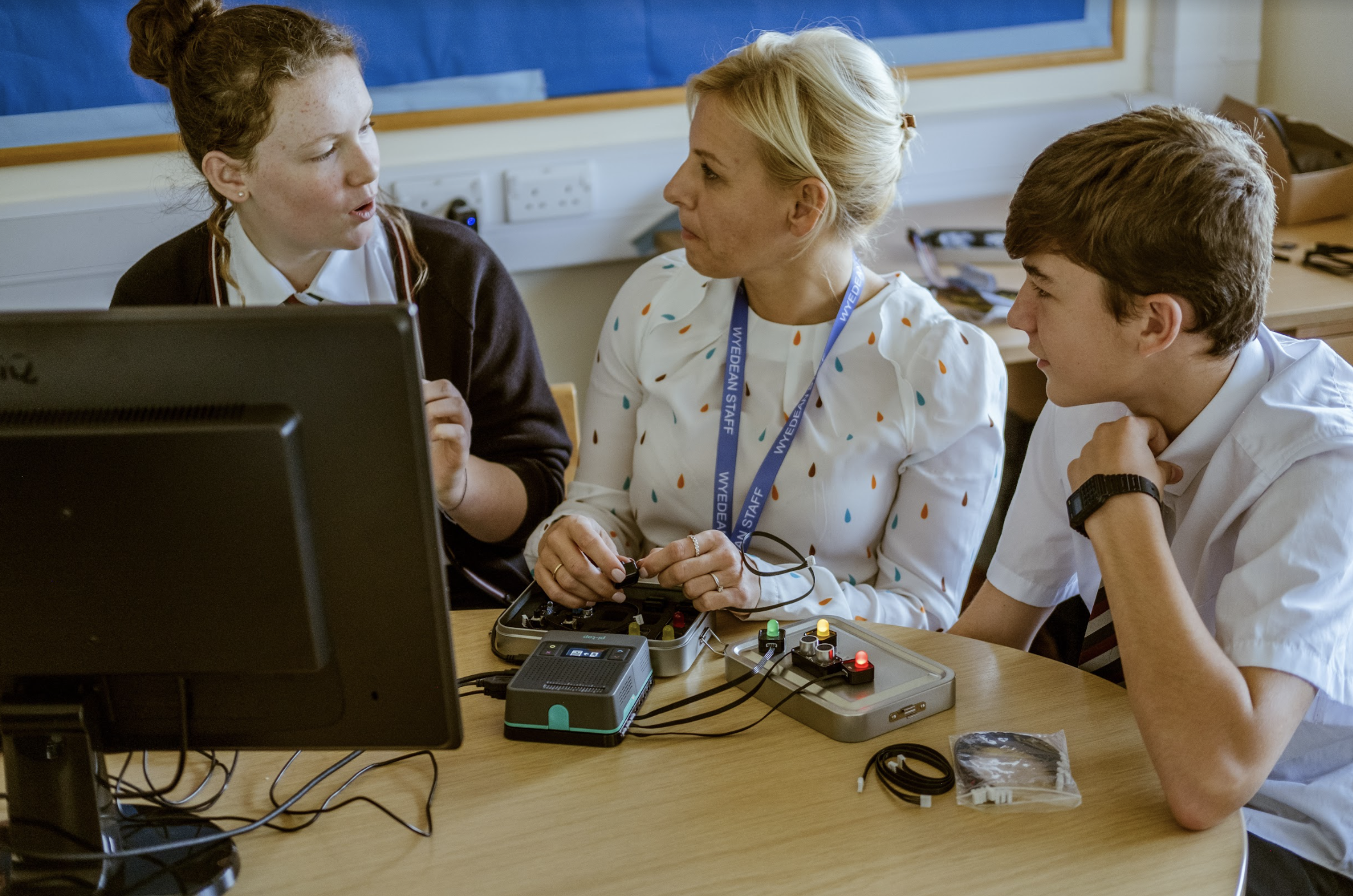
By learning how to communicate their feelings within a PBL class, students are able to carry those communicative techniques into their personal lives and thus address any wellbeing issues they may be experiencing.
The collaborative nature of PBL also gives students the chance to acclimate to social settings once again and offers opportunities for SEL in their ability to work well with others, learn to share responsibility and show empathy for their teammates’ feelings.
Working on SEL alongside an academic curriculum ensures students’ return to education caters to both academic learning loss and childrens’ wellbeing - a balance that is key to their future success.
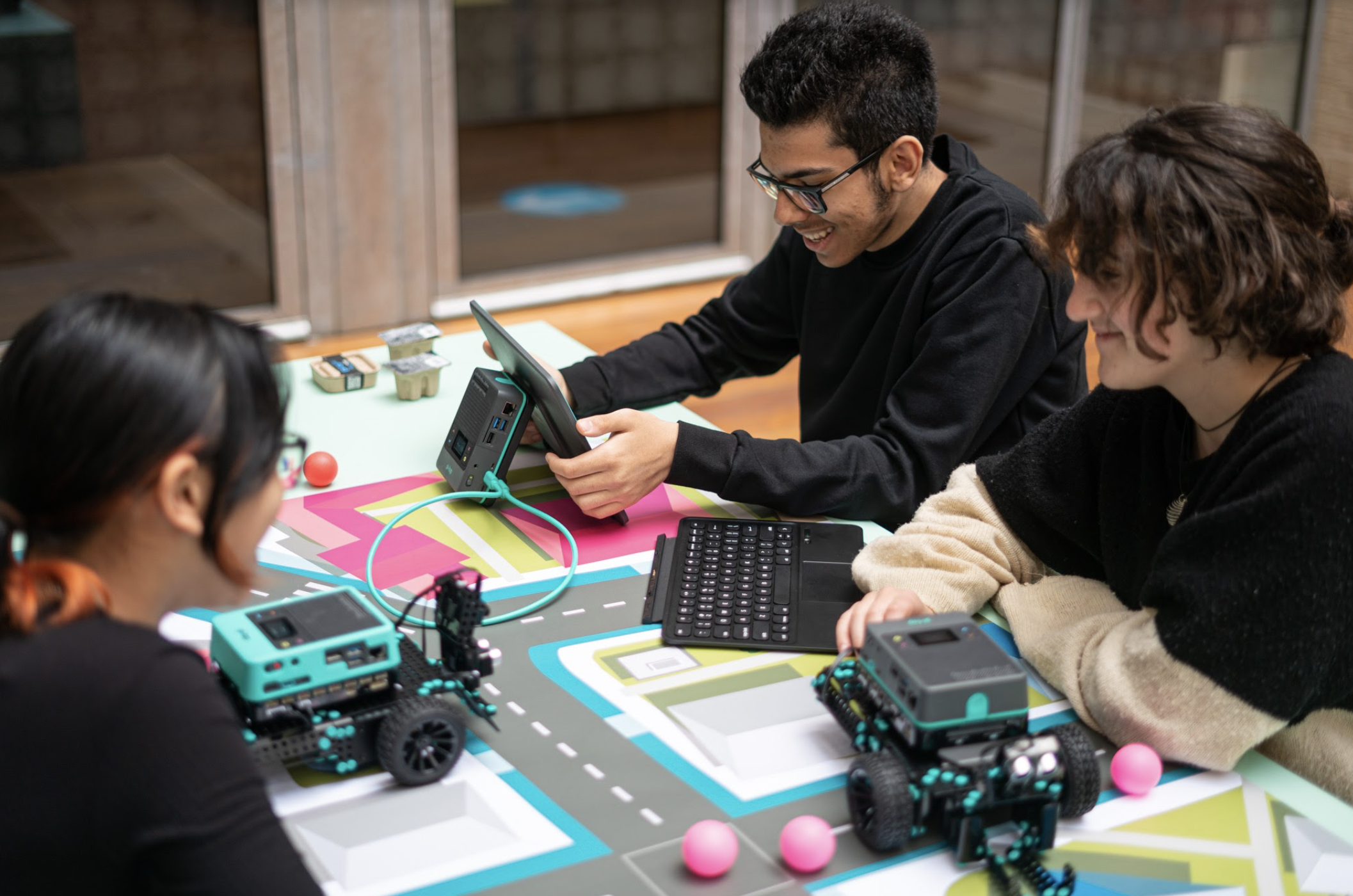
- Utilize Technology
Technology has integrated with our daily lives greatly, but none more so than throughout the pandemic. And, whilst Zoom fatigue is certainly a real thing, incorporating tech into the classroom can “potentially increase learner effort and understanding of the material by finding new and more engaging ways to deliver it.”
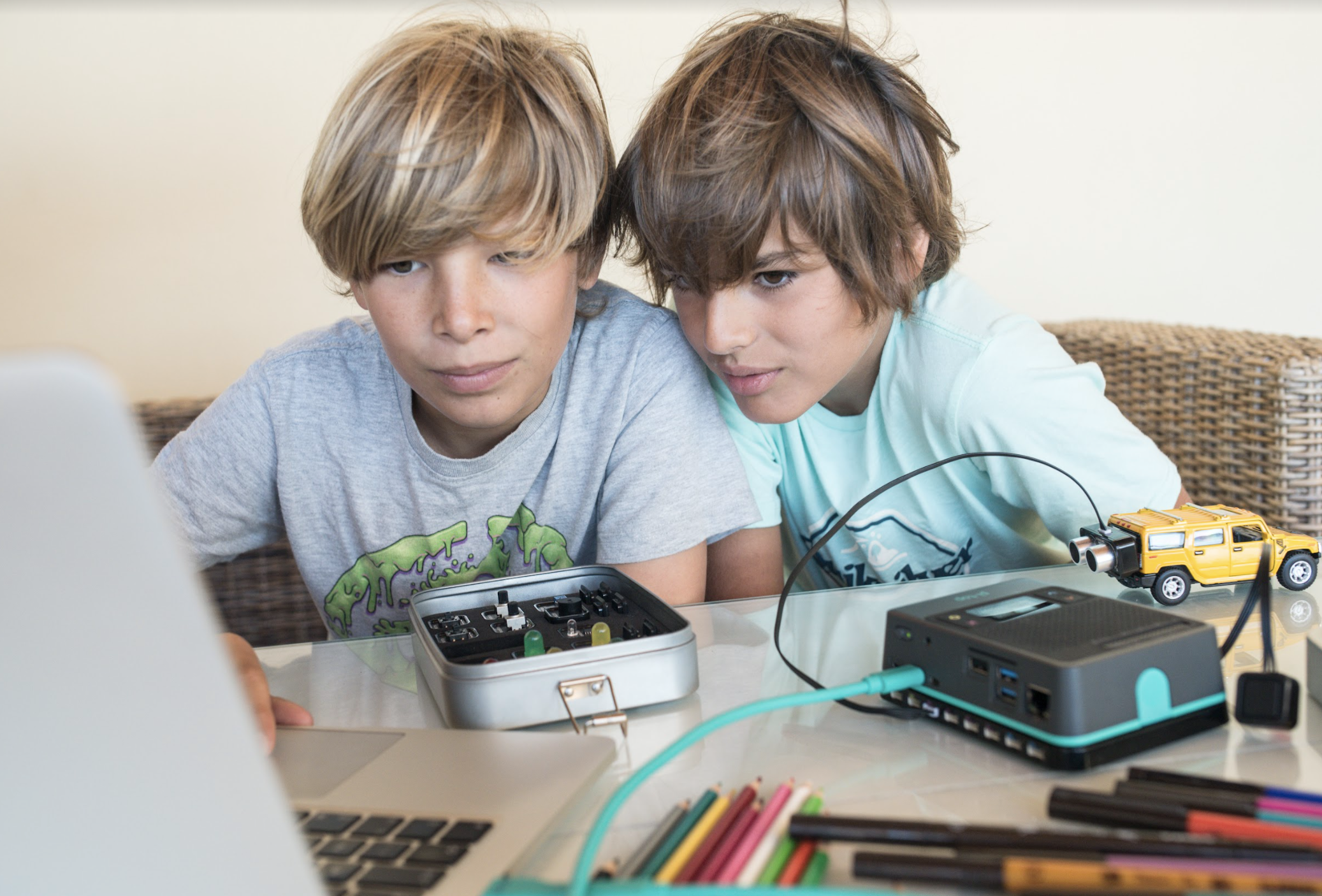
pi-top’s ecosystem offers educators a way to teach science, technology, engineering, art and mathematics in a new and exciting way. From making an interactive poster book report to building robots - with pi-top, teachers can reimagine their curriculum in fun and engaging ways.
And, should schools have to transition to remote learning again, pi-top products are fully equipped so that teachers may continue to offer STEAM classes remotely, to help limit any further disruptions to learning.
Thank you for reading!
For more information on how you can implement the pi-top ecosystem into your STEAM classes, check out our education page here.
Ready to know more? Our sales team are happy to answer any questions you may have. Contact them at: sales@pi-top.com

